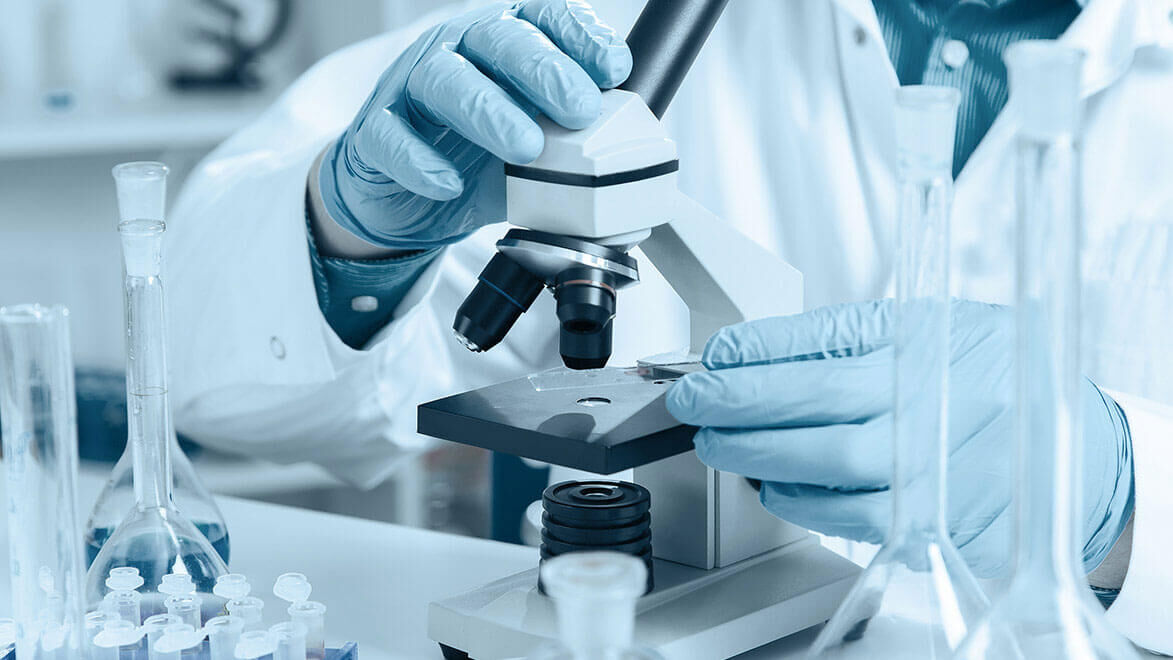The Fundamentals of Lab Safety

In labs across our country and around the globe, important work is being done. Each and every day, scientists are making discoveries that improve our world and saves lives. At Bulwark CP, it is our relentless pursuit to help protect the brilliant minds behind that work. We develop innovative PPE solutions that protect lab workers from inadvertent chemical splashes and thermal hazards, while allowing them to move freely and comfortably, all the discovery-driven day long. But while proper PPE is a crucial part of the protection equation, there’s more to lab safety than having the right gear. From allocating resources to developing failsafe processes, below is our experts’ list of 15 fundamental practices to ensure this environment of ingenuity is one of protection, too.
15 Fundamental Practices
1. Follow the written Environmental Health & Safety affairs (EH&S) policy statement.
2. Read your lab safety manual.
3. Organize a departmental committee of employees and management that meets regularly to discuss EH&S issues.
4. Allocate a portion of the departmental budget to safety.
5. Implement an EH&S orientation for all new employees.
6. Make learning to be healthier, safer and more environmentally friendly an integral part of your education, work and life.
7. Get involved in your safety program, make safety part of your day-to-day job and encourage your peers to do the same.
8. Be prepared for unannounced laboratory inspections.
9. Identify and correct hazardous conditions and unsafe practices.
10. Before conducting an experiment, ask yourself:
- What are the hazards or potential hazards?
- What regulatory standards apply to these hazards?
- What are the prudent practices, protective facilities and personal protective equipment (PPE) necessary to minimize the risk of exposure to hazards?
11. Include health and safety considerations in every pre-experiment discussion.
12. Ensure that the appropriate PPE, such as flame-resistant or chemical-splash protective lab coat, is on hand and available when you need it.
13. Develop specific work practices for individual experiments, such as those that involve particularly hazardous materials and/or should only be conducted in a ventilated hood.
14. Don't allow experiments to run unattended unless they are failsafe.
15. Maintain an easily accessible safety library with relevant resources.